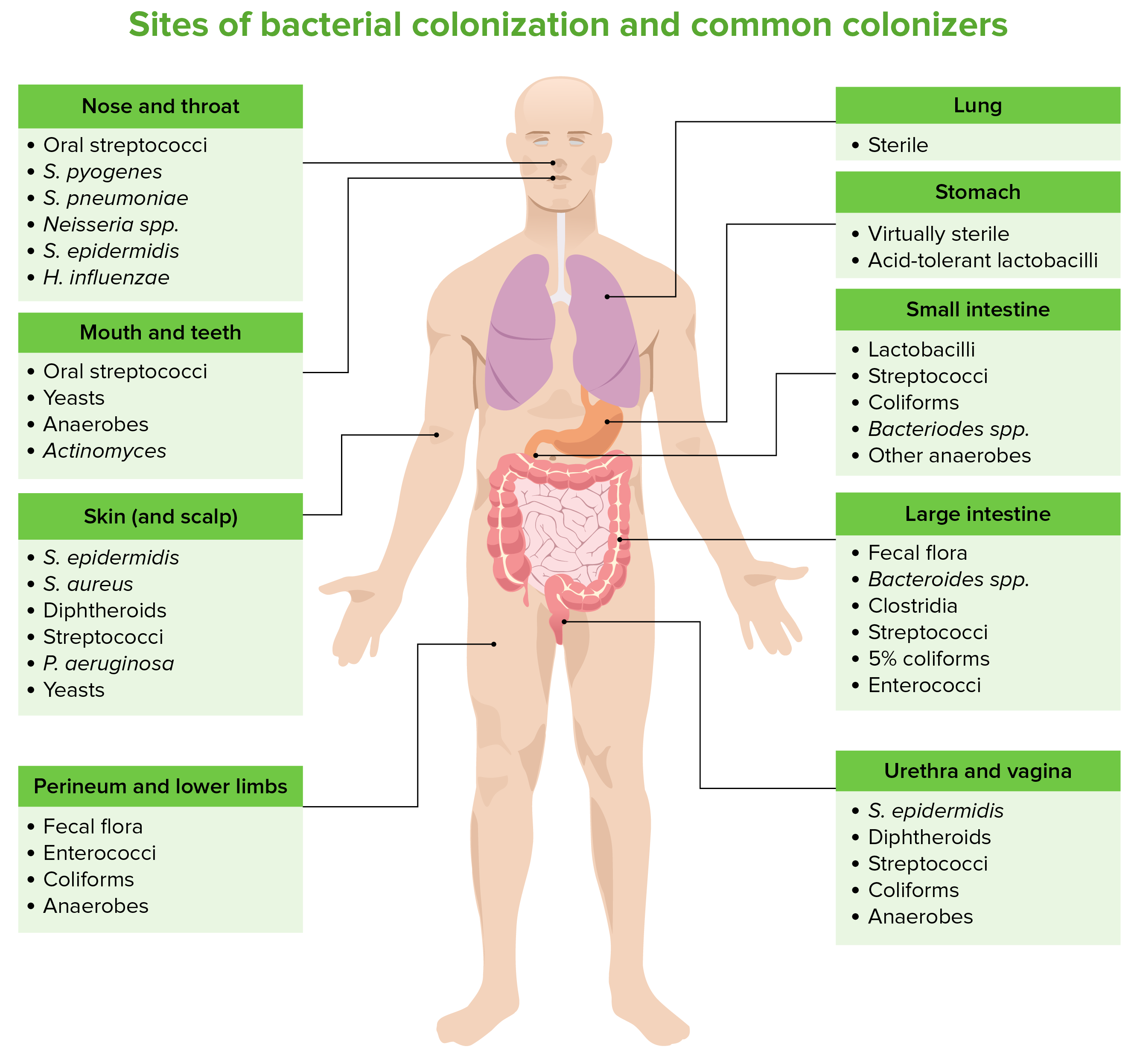Playlist
Show Playlist
Hide Playlist
Sepsis: SIRS, Septic Shock, Physical Findings & Labs
-
Slides Sepsis Surgery.pdf
-
Download Lecture Overview
00:00 Thank you for joining me on this discussion of sepsis in the section of Critical Care. Sepsis is a big topic and a very very expensive healthcare burden particularly towards the end of life. 00:15 You know back in the medieval days prior to the antibiotics and surgery for source control, patients often died of sepsis. So, let's begin the discussion of defining sepsis. Sepsis is a systemic response to infection in injury. Actually, our homeostatic mechanisms in our body are defensive in nature. Therefore, somewhat argue, the sepsis is actually a normal response that's gone out of control. Unfortunately in sepsis, as a response to infection in injury, the body starts attacking its own normal cells in addition to the infection or site of injury. What are some definitions? Remember, by the time you review this there may have been different iterations of sepsis definitions. The Worldwide Congress on Critical Care change definitions every so often to make sure that it's still compliant and applicable to our patients. Nevertheless, the basics are the same. A patient who is febrile, is tachypneic, who's tachycardic, and has a leukocytosis but very important if you're clinical scenario presents a patient that has a leukopenia or low white blood cell count, it's almost more ominous than an elevated white blood cell count as a low white blood cell count can potentially indicate that the immune system has essentially given up. Now, sepsis definitions is on a continuum but depending on how severe the disease process is affects mortality or death. Sepsis in SIRS with a microbial source pretense with approximately a 16% mortality. That's across U.S. hospitals. In severe sepsis which is defined as sepsis with organ system dysfunction, it's associated with an access of 20% mortality. In the most severe form, septic shock, in which the patient not only demonstrates organ system dysfunction but who has hypotension or low blood pressure that's no longer responsive to fluid resuscitation, these patients have the highest mortality at almost 70%. 02:32 The new definition of sepsis, known as Sepsis-3, was announced at the 45th Critical Care Congress in the beginning of 2016. 02:39 The term "severe sepsis" was determined to be redundant and was eliminated. 02:43 Sepsis is now defined as life-threatening organ dysfunction caused by a disregulated host response to infection. 02:50 Remember, any multiorgan system dysfunction means any organ system that requires intervention to maintain homeostasis such as blood pressure or urine output. 03:05 Let's go on this definition tour of the different stages of sepsis. 03:13 First, systemic inflammatory response syndrome. 03:16 SIRS is defined by any of those two previous criterias that we defined. 03:21 When you have SIRS plus organ dysfunction, it's diagnosed as sepsis. 03:28 And so, concurrently, if you have SIRS or systemic inflammatory response and you have a presumed infectious source, that's the definition of sepsis. 03:38 If the patient continues to progress in severity, sepsis with hypotension equals septic shock. 03:48 What are some physical findings? As you can imagine, a febrile tachycardic tachypnic patient with a leukocytosis probably doesn't look well. 03:59 It's called at the door test. Stand at the door of the patient and look in, and as a physician, you can easily identify somebody who doesn't appear well and may be in sepsis. 04:09 Routine laboratories. 04:13 The chemistry itself may not be helpful, although if the patient has acute kidney injury, their creatinine can be elevated. 04:20 On your CBC however, you're likely to see a leukocytosis or remember, a leukopenia. 04:25 Additionally, H and H or hemoglobin hematocrit may be low especially due to a large volume resuscitation. 04:34 Early on, you may see platelets rise and often times, in late severe sepsis, the platelets actually drop or thrombocytopenia.
About the Lecture
The lecture Sepsis: SIRS, Septic Shock, Physical Findings & Labs by Kevin Pei, MD is from the course Sepsis.
Included Quiz Questions
Which of the following is NOT a criterion for the diagnosis of Systemic Inflammatory Response Syndrome (SIRS)?
- RR > 10/min or PACO2 < 22mmHg
- RR > 20/min or PACO2< 32mmHg
- WBC > 12 K/uL or < 4 K/uL
- HR > 90/min
- Temp > 100.4 F or < 95.0 F
Which of the following symptoms are present in septic shock?
- Hypotension
- Respiratory rate of 14/min
- A temperature of 99 F
- Bradycardia
- High urine output
Customer reviews
5,0 of 5 stars
| 5 Stars |
|
1 |
| 4 Stars |
|
0 |
| 3 Stars |
|
0 |
| 2 Stars |
|
0 |
| 1 Star |
|
0 |
Very informative. I've been trying to look for online resources about sepsis and this video helped me alot in understanding sepsis, Thanks!





